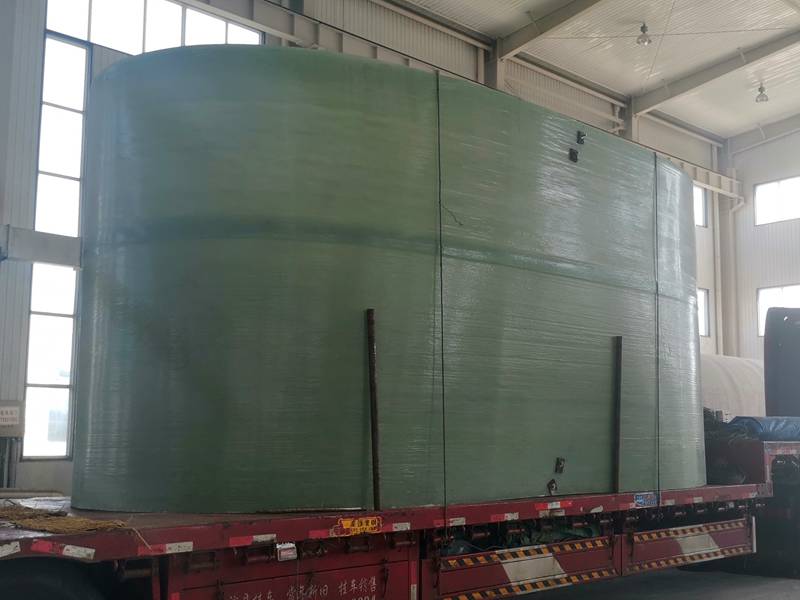
-
 Afrikaans
Afrikaans -
 Albanian
Albanian -
 Amharic
Amharic -
 Arabic
Arabic -
 Armenian
Armenian -
 Azerbaijani
Azerbaijani -
 Basque
Basque -
 Belarusian
Belarusian -
 Bengali
Bengali -
 Bosnian
Bosnian -
 Bulgarian
Bulgarian -
 Catalan
Catalan -
 Cebuano
Cebuano -
 China
China -
 China (Taiwan)
China (Taiwan) -
 Corsican
Corsican -
 Croatian
Croatian -
 Czech
Czech -
 Danish
Danish -
 Dutch
Dutch -
 English
English -
 Esperanto
Esperanto -
 Estonian
Estonian -
 Finnish
Finnish -
 French
French -
 Frisian
Frisian -
 Galician
Galician -
 Georgian
Georgian -
 German
German -
 Greek
Greek -
 Gujarati
Gujarati -
 Haitian Creole
Haitian Creole -
 hausa
hausa -
 hawaiian
hawaiian -
 Hebrew
Hebrew -
 Hindi
Hindi -
 Miao
Miao -
 Hungarian
Hungarian -
 Icelandic
Icelandic -
 igbo
igbo -
 Indonesian
Indonesian -
 irish
irish -
 Italian
Italian -
 Japanese
Japanese -
 Javanese
Javanese -
 Kannada
Kannada -
 kazakh
kazakh -
 Khmer
Khmer -
 Rwandese
Rwandese -
 Korean
Korean -
 Kurdish
Kurdish -
 Kyrgyz
Kyrgyz -
 Lao
Lao -
 Latin
Latin -
 Latvian
Latvian -
 Lithuanian
Lithuanian -
 Luxembourgish
Luxembourgish -
 Macedonian
Macedonian -
 Malgashi
Malgashi -
 Malay
Malay -
 Malayalam
Malayalam -
 Maltese
Maltese -
 Maori
Maori -
 Marathi
Marathi -
 Mongolian
Mongolian -
 Myanmar
Myanmar -
 Nepali
Nepali -
 Norwegian
Norwegian -
 Norwegian
Norwegian -
 Occitan
Occitan -
 Pashto
Pashto -
 Persian
Persian -
 Polish
Polish -
 Portuguese
Portuguese -
 Punjabi
Punjabi -
 Romanian
Romanian -
 Russian
Russian -
 Samoan
Samoan -
 Scottish Gaelic
Scottish Gaelic -
 Serbian
Serbian -
 Sesotho
Sesotho -
 Shona
Shona -
 Sindhi
Sindhi -
 Sinhala
Sinhala -
 Slovak
Slovak -
 Slovenian
Slovenian -
 Somali
Somali -
 Spanish
Spanish -
 Sundanese
Sundanese -
 Swahili
Swahili -
 Swedish
Swedish -
 Tagalog
Tagalog -
 Tajik
Tajik -
 Tamil
Tamil -
 Tatar
Tatar -
 Telugu
Telugu -
 Thai
Thai -
 Turkish
Turkish -
 Turkmen
Turkmen -
 Ukrainian
Ukrainian -
 Urdu
Urdu -
 Uighur
Uighur -
 Uzbek
Uzbek -
 Vietnamese
Vietnamese -
 Welsh
Welsh -
 Bantu
Bantu -
 Yiddish
Yiddish -
 Yoruba
Yoruba -
 Zulu
Zulu
fiberglass chemical tank
Understanding Fiberglass Chemical Tanks A Modern Solution for Safety and Efficiency
In today's industrial landscape, the demand for safe, durable, and cost-effective storage solutions continues to rise. Among these solutions, fiberglass chemical tanks have emerged as a favored choice for various industries, including chemical processing, wastewater management, and food and beverage production. These tanks, constructed from a composite material of glass fibers and resin, offer several advantages that make them ideal for the storage of various chemicals.
Advantages of Fiberglass Chemical Tanks
One of the primary benefits of fiberglass tanks is their resistance to corrosion. Unlike metal tanks, which can rust or corrode when exposed to harsh chemicals, fiberglass tanks are designed to withstand chemical reactions, ensuring they maintain their integrity even when subjected to aggressive substances. This resistance significantly extends the lifespan of the tank, reducing the need for frequent replacements and maintenance, thereby lowering overall operational costs.
Another notable advantage is the lightweight nature of fiberglass tanks compared to traditional materials like steel or concrete. This lightweight characteristic not only makes installation easier but also decreases transportation costs. Furthermore, many fiberglass tanks come equipped with integrated features such as built-in supports, which simplify the installation process and reduce the need for additional structural reinforcements.
Versatility in Applications
Fiberglass chemical tanks are versatile and can be customized to meet specific storage requirements. They can be manufactured in various shapes, sizes, and configurations, allowing industries to find the perfect tank for their unique needs. Additionally, fiberglass can be engineered to handle a wide range of chemicals, including acids, alkalis, and even certain harmful substances, making them suitable for various applications from chemical manufacturing to food storage.
The customizable nature of fiberglass tanks also extends to their design. Many manufacturers offer tanks with advanced features like secondary containment systems, which are designed to contain spills and leaks, ensuring compliance with environmental regulations and enhancing safety protocols.
fiberglass chemical tank

Safety Considerations
Safety is a paramount concern in any industry handling hazardous materials. The design and construction of fiberglass tanks enhance safety in several ways. First, their smooth inner surfaces minimize the risk of chemical build-up, which can lead to dangerous reactions or leaks. Second, the use of pressure-managing components, like vents and relief valves, helps maintain proper internal conditions, reducing the likelihood of ruptures or explosions.
Moreover, the transparency of some fiberglass tanks allows for easy monitoring of chemical levels without the need for invasive measuring tools, which can compromise safety. Regular inspection of the tank's exterior also becomes simpler, enabling operators to identify potential issues early.
Environmental Impact
As environmental awareness grows, many industries seek sustainable practices. Fiberglass tanks contribute positively in this regard. Their durability translates to longer lifespans and less waste generated from tank replacements. Additionally, the reduced need for protective coatings and treatments—common with metal tanks—minimizes the release of harmful chemicals into the environment.
By incorporating fiberglass tanks into their operations, businesses not only promote safety and efficiency but also align with a more environmentally friendly approach to storage solutions.
Conclusion
Fiberglass chemical tanks represent a significant advancement in the field of industrial storage solutions. Their resistance to corrosion, lightweight design, versatility, and safety features make them an excellent choice for industries dealing with hazardous materials. As businesses continue to prioritize safety and sustainability, the adoption of fiberglass tanks is likely to grow, solidifying their role in modern industrial practices. With ongoing developments in materials and engineering, the future of fiberglass chemical tanks looks promising, offering even more innovative ways to enhance industrial storage solutions.
Latest news
-
Exploring the Benefits of Top Hammer Drifter Rods for Enhanced Drilling PerformanceNewsJun.10,2025
-
High-Precision Fiberglass Winding Machine for GRP/FRP Pipe Production – Reliable & Efficient SolutionsNewsJun.10,2025
-
FRP Pipes & Fittings for Shipbuilding - Corrosion-Resistant & LightweightNewsJun.09,2025
-
Premium FRP Flooring Solutions Durable & Slip-ResistantNewsJun.09,2025
-
Premium Fiberglass Rectangular Tanks Durable & Lightweight SolutionNewsJun.09,2025
-
Tapered Drill String Design Guide Durable Performance & UsesNewsJun.09,2025









